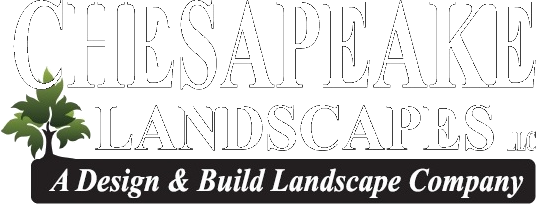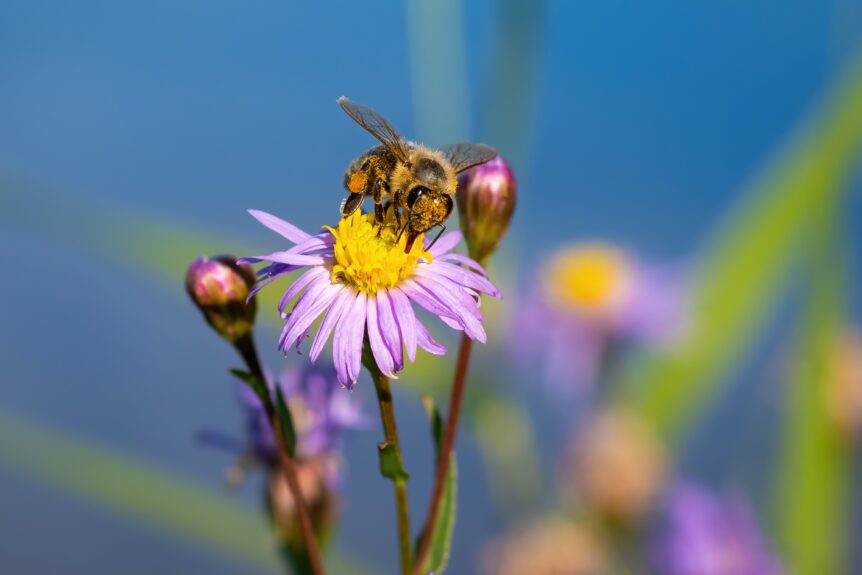Bees are attracted to blossoms because of their nectar and pollen, and aesthetic pattern. Nectar is a sweet liquid that is produced by flowers, and it is the primary food source for bees. Plants create nectar simply to attract pollinators. Pollen, on the other hand, is a fine powder that is produced by the male reproductive organs of flowers, and it is an essential source of protein for bees.
Patterns are the ornate shape of the blossom, color scheme and visual cue that a pollinator sees that catches their attention.
There are a few types of patterns on blossoms that can attract bees. One of the most common patterns is known as “nectar guides.” These are often lines or dots that lead directly to the nectar in the center of the flower. Nectar guides are usually visible under ultraviolet light, which bees can see but humans cannot.
Another type of pattern that can attract bees is the “bull’s eye” pattern. This is a circular pattern of contrasting colors, with a darker center surrounded by a lighter ring. This pattern can help bees locate the center of the flower and the nectar.
Some flowers also have patterns that mimic the shape and color of the bee itself, which can be particularly effective in attracting bees. For example, some orchids have petals that resemble a female bee, which can trick male bees into attempting to mate with the flower. As they move from flower to flower, they end up transferring pollen and helping with pollination.
Bees have a different color perception system than humans. They can see ultraviolet (UV) light, which is outside the visible spectrum for humans. This means that they can see some colors that we cannot see, and they perceive colors differently than we do.
Bees are most sensitive to blue, green, and UV light. They have a difficult time distinguishing between red and black, and they perceive red as black. This is why red flowers, which are often pollinated by birds rather than bees, tend to be less attractive to bees.
Blossoms that are attractive to bees often have blue, purple, and yellow colors, which are most easily perceived by bees. These colors are also commonly found in nectar guides, which help guide bees to the center of the flower where the nectar is located.
Interestingly, the color of the blossoms can also change as the flower ages, and this can affect their attractiveness to bees. As the flower ages, it may become less vibrant and lose its UV reflectance, making it less attractive to bees.
These plants work hard to make a great impression to attract pollinators, and the beauty and complexity of plants are one of the reasons our landscape designers work in this industry.
We’d like to help you plant your gardens this year with plants that both attract and support the pollinator population, and enhance the exterior of your home. Contact our landscape design team for a consultation by calling our office or schedule an appointment here! We serve Harford, Baltimore and Cecil Counties in Maryland.

